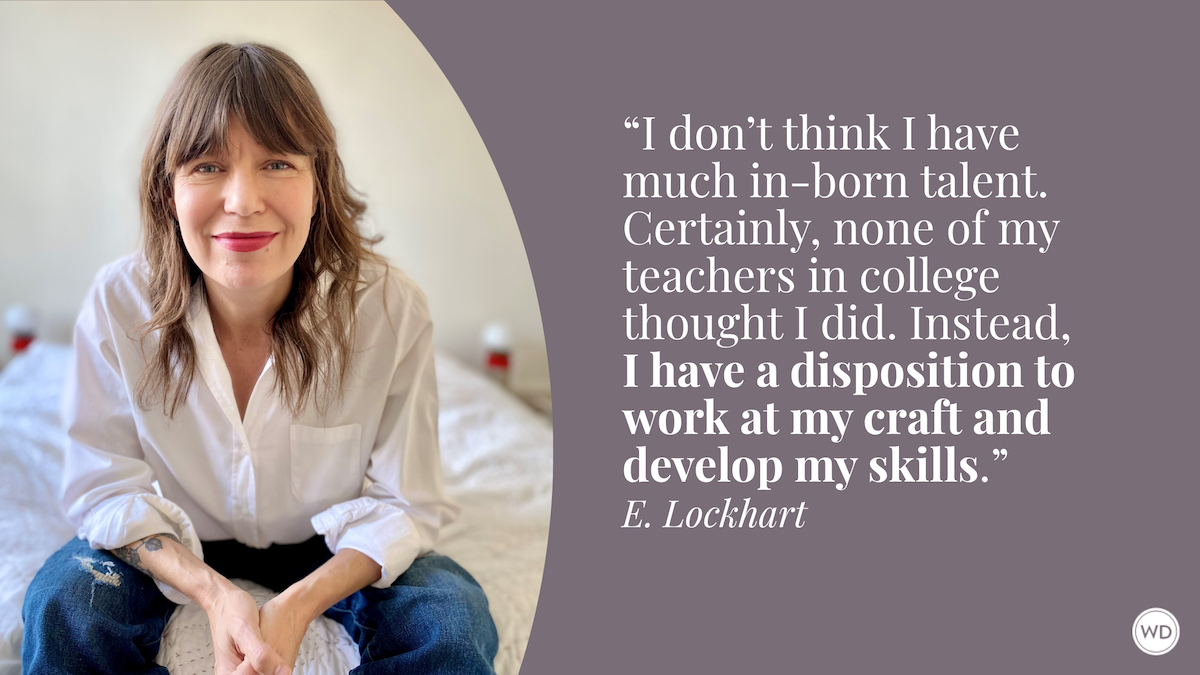6 Insider Tips for Finding and Applying to Writers’ Colonies
Writers’ colonies are little-known treasures: they exist all over the United States and abroad, but many writers have never heard of them. Here are six ways to find (and apply for) these hidden gems.
Writers’ colonies are little-known treasures: they exist all over the United States and abroad, but many writers have never heard of them.
That’s partly because many of the writers who attend these residencies aren’t big Internet users. They spend their time writing -- not browsing the Internet -- which means they’re not sharing their experiences online.
*********************************************************************************************************************************
This guest post is from Alexis Grant, managing editor of The Write Life. Grant is also an entrepreneurial writer and digital strategist, with a focus on careers and the workplace. All of her work falls under one umbrella: helping others create the life you want to live.
*********************************************************************************************************************************
But if you’re serious about writing, these residencies are not to be missed. Often set in rural areas, colonies provide a place to work and think in peace, without the distractions of everyday life. While many house three, 10 or even 25 writers at once, fellows typically interact minimally, often only at meals, leaving the bulk of their hours to create.
After attending four residencies over the last five years -- my favorite is The Hambidge Center -- I can tell you that the weeks or months you spend there will be some of the most productive of your life.
If you’re new to the residency scene, here are a few tips for finding and applying to programs that will help you create your best work.
1. Be open to artists’ colonies
We call them “writers’ colonies” or “writers’ residencies,” but many of these programs serve not only writers, but all kinds of artists: painters, musicians, sculptors, potters, and more. You’ll likely find diversity within the writing contingent, too: memoirists, novelists, poets, non-fiction writers, even authors of children’s books. Don’t limit yourself to programs that accept writers only; let yourself be surrounded and inspired by all sorts of creatives.
2. Search the Alliance of Artists Communities database
It’s free, and you’ll discover dozens of residencies you’d never hear of. You can search by location, discipline, application type, and more. The AAC also offers monthly email alerts about upcoming program deadlines, which will tempt you every time they land in your inbox.
3. Aim high, but be realistic
Use the same strategy as when you applied (or helped your kids apply) to college: Pick a few “reach” residencies (programs that will be difficult to get into) and at least one “safety” (a sure bet).
The first time I applied to residencies, I made the mistake of choosing only highly selective programs, including MacDowell, arguably the most prestigious program in the country. After receiving rejections from three of the four programs I applied to, I used the AAC database to find a program that offered what I was looking for and had a higher acceptance rate. I got in.
4. Be selective
Applications take time to complete. Most require statements about what you’ll work on while you’re there (you’re expected to propose your own project), an assortment of writing samples, recommendations and an application fee. Again, like college applications, the bulk of the material is the same for each program, but most residencies ask for at least one statement that must be personalized for them. So think hard about which programs make the most sense for you, and which ones are likely to invite you to become part of their community.
Can't afford to attend an MFA program? Now you don't have to.
Download the The Portable MFA and get all the craft-based,
results-oriented instruction that are found in a formal MFA program
—and from the comfort of your own home.
5. Know what you want
These programs vary widely, so try to nail down which elements you need and want. Can you afford to pay a weekly fee, and how much? (Some residencies use a pay-what-you-can model, while others charge hundreds of dollars or more each week.) Do they offer scholarships? Is food included? If it’s not near your home, how much would it cost to travel there? How many weeks or months would you want to stay? (Some colonies have set time frames, while others ask applicants to request a certain number of weeks.) Do you need an Internet connection?
These questions — criteria you can use during your AAC database search — will help you narrow the field.
6. Plan ahead
Most colonies require applications months before the actual residency, so you’ll need to look ahead at your writing schedule and ask yourself: What will I be working on then? If your current project will be complete by the time your stay rolls around, what will you tackle next?
For more ideas, check out the AAC’s tips on successfully applying to writers’ colonies.
Thanks for visiting The Writer's Dig blog. For more great writing advice, click here.
*********************************************************************************************************************************
Brian A. Klems is the online editor of Writer's Digest and author of the popular gift bookOh Boy, You're Having a Girl: A Dad's Survival Guide to Raising Daughters.
Follow Brian on Twitter: @BrianKlems
Sign up for Brian's free Writer's Digest eNewsletter: WD Newsletter









